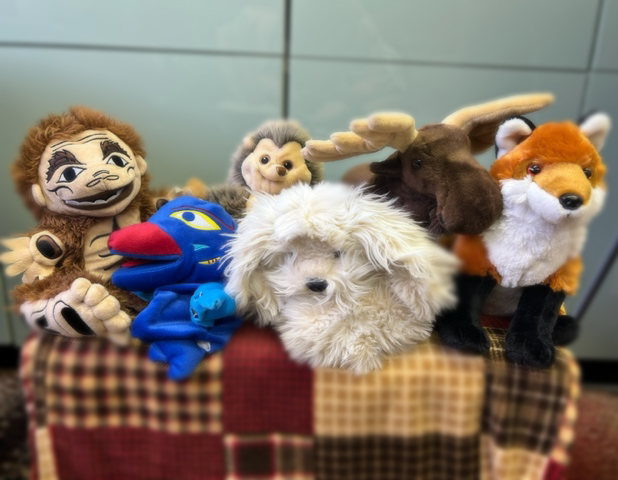
Puppets are therapy helpers
Child & Youth Therapy
Time to Play
PLAY THERAPY
I believe children are best served in the language of play, and over 50 years of research tells us that play therapy is an effective way to help children manage stressful events and feel better (see Canadian Association for Play Therapy at cacpt.com). Art forms such as drawing and stories that offer relatable or teachable moments can also be part of my sessions. (And sometimes we draw just for fun).
EMDR Child Specialist
I hold an EMDR Child Specialist Certificate and I use EMDR with children and combine play therapy of all types with EMDR.
EMDR and Play Therapy have strong research support for trauma treatment and can both be implemented in a highly child-centred and child-led way. I believe children have an amazing and underestimated capacity to heal and it is my privilege to be a part of their process.

